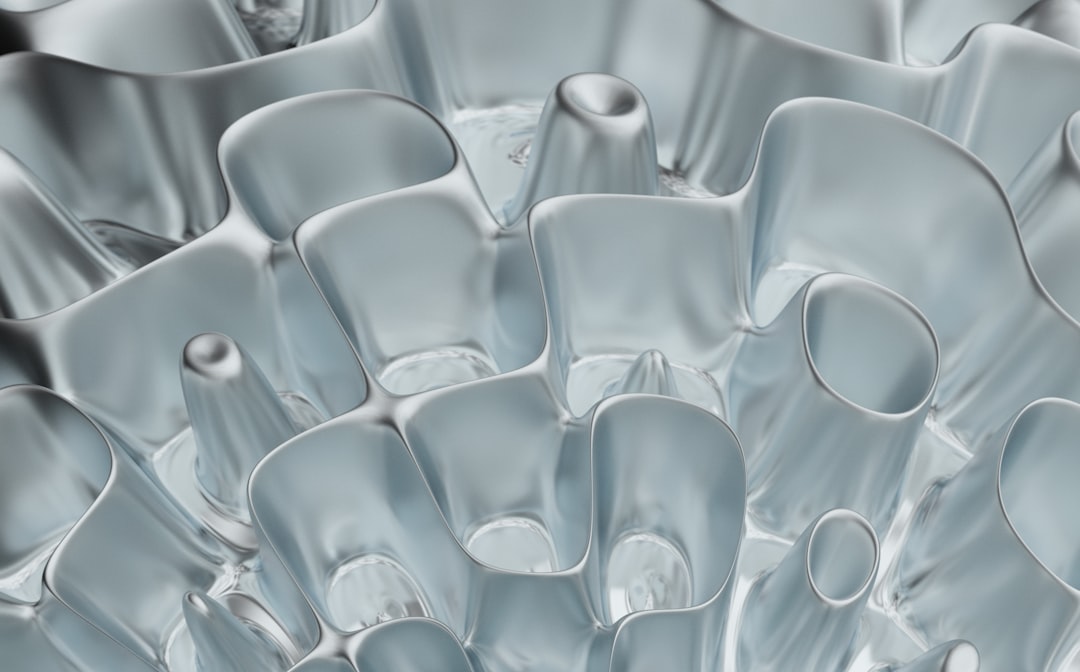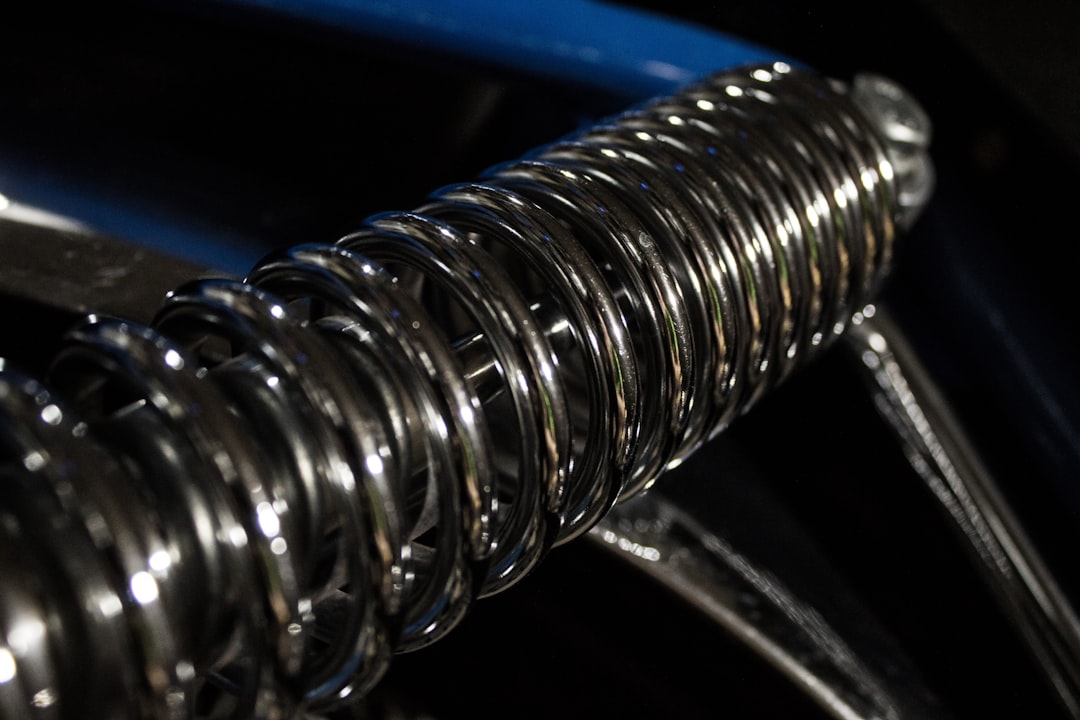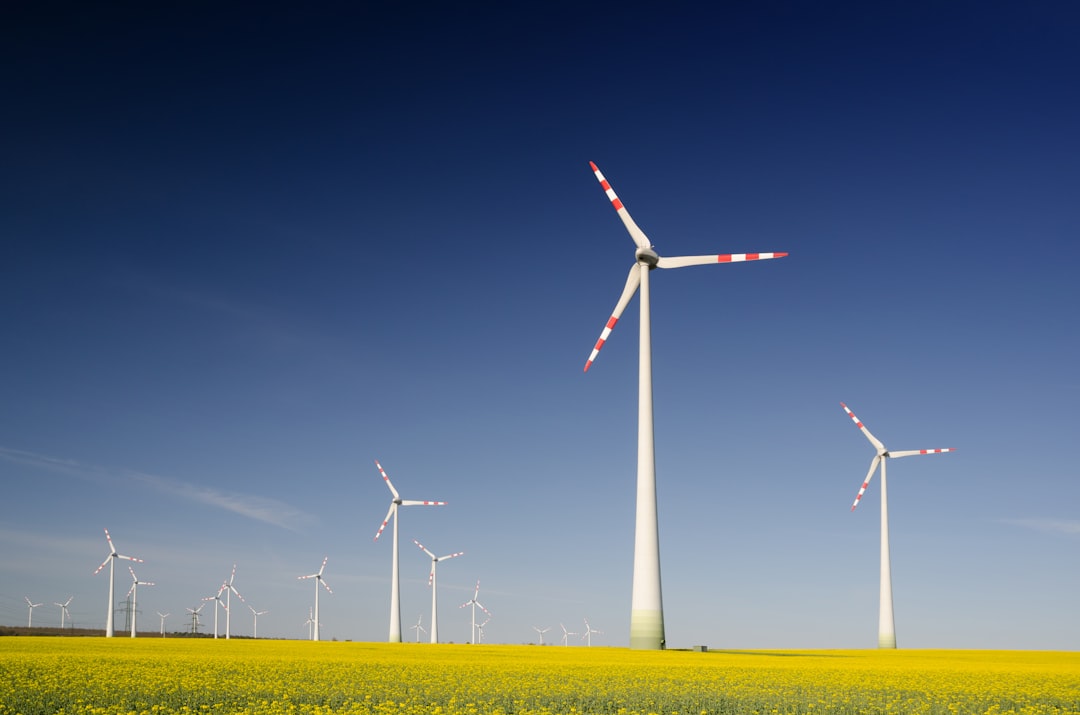What is it about?
This paper delves into improving how car engines, particularly their exhaust systems, handle pollution. It focuses on particulate filters (PFs) used in engines to trap soot and reduce harmful emissions. These filters are essential for cleaner air but come with a trade-off: they increase fuel consumption when they get cleaned, a process known as regeneration. The study explores advanced computer models to better understand and control this regeneration process, aiming to make it more efficient and less harmful to the environment. The core of the research is a detailed model that simulates the burning of soot in these filters. This model takes into account various complex factors like how gas reacts inside soot particles and on their surfaces. Understanding these details is crucial for optimizing the regeneration process. The study tests the model against real-world scenarios, including both active and passive regeneration methods used in current engines. Active regeneration is when the engine creates conditions to burn off the soot, while passive regeneration happens naturally under certain driving conditions. Through this modeling, the researchers aim to improve how particulate filters clean themselves without needing extra fuel, thus reducing CO2 emissions. They also explore how different temperatures and gas concentrations affect the soot burning process. The ultimate goal is to make cars more environmentally friendly by optimizing these filters to work more efficiently, especially during the regeneration process, which is crucial for maintaining engine performance and reducing pollution. This research is significant in the context of global efforts to reduce vehicular emissions and combat air pollution, offering a technical solution that could be applied in the automotive industry for more sustainable and eco-friendly engine designs.
Featured Image

Photo by Oscar Sutton on Unsplash
Why is it important?
This paper holds significant importance due to its focus on enhancing the efficiency of particulate filters in car engines, a key element in reducing vehicular emissions. Its relevance is particularly pronounced in the context of environmental protection. By improving the way these filters handle soot and other pollutants, the research contributes directly to reducing air pollution. This is crucial in the fight against climate change and for preserving natural ecosystems. Furthermore, the advancement in particulate filter technology showcased in this paper represents a major step forward in automotive engineering, particularly in exhaust aftertreatment systems. This technological leap not only aligns with the growing global demand for cleaner transportation but also sets the stage for future innovations in the industry, potentially leading to even more efficient and environmentally friendly vehicle designs. The social impact of this research is manifold. On a public health front, cleaner car engines translate to a significant reduction in health risks associated with air pollution, including respiratory and cardiovascular diseases, leading to a healthier society. Economically, the improved efficiency of engines implies lower fuel consumption, offering financial savings for consumers and contributing to reduced fossil fuel dependency. This aspect of the research aligns well with current regulatory trends, as governments worldwide are imposing stricter emission standards. By providing actionable solutions for reducing emissions, the paper aids the automotive industry in meeting these regulatory requirements. Moreover, its global relevance is undeniable, as vehicle emissions are a worldwide concern. The educational value of this research is also noteworthy, as it enhances understanding in this field and promotes a more informed approach to environmental stewardship, benefitting students, engineers, and industry professionals alike. Overall, this paper makes a significant contribution towards a more sustainable and environmentally conscious future in automotive technology.
Perspectives
This paper's focus on improving particulate filters in car engines to reduce emissions is both timely and impactful, given the global urgency to address air pollution and its health effects. The sophisticated modeling approach to optimize filter regeneration is a standout feature, showcasing a perfect blend of technical innovation with practical environmental solutions. It's exciting to see research that directly contributes to cleaner air and has the potential to influence future automotive designs. This work is a testament to how technological advancements can propel environmental sustainability, especially in the automotive sector. Overall, the paper makes a significant contribution to the efforts in reducing the ecological footprint of transportation.
Dr. Enrique José Sanchis
Universitat Politecnica de Valencia
This paper I had the pleasure to coauthor with my CMT - Clean Mobility & Thermofluids colleagues centers on the enhancement of particulate filters regeneration for automotive applications, aiming to mitigate emissions—a topic of great significance considering the pressing global need to combat air pollution and its adverse health impacts. Utilizing a sophisticated modeling approach to optimize filter regeneration is a notable aspect of our research, highlighting the harmonious integration of technical innovation and pragmatic environmental solutions. Witnessing the intersection of advanced modeling and real-world environmental impact is genuinely exhilarating. Our collaborative effort contributes to the ongoing dialogue on air quality improvement and has the potential to shape the future landscape of automotive design. This study serves as a compelling illustration of how technological progress can drive environmental sustainability, particularly within automotive innovation. In essence, our paper stands as a noteworthy addition to endeavors aimed at diminishing the ecological footprint of transportation.
Prof. Pedro Piqueras
Universitat Politecnica de Valencia
Read the Original
This page is a summary of: Internal pore diffusion and adsorption impact on the soot oxidation in wall-flow particulate filters, Energy, July 2019, Elsevier,
DOI: 10.1016/j.energy.2019.04.200.
You can read the full text:
Resources
Contributors
The following have contributed to this page










